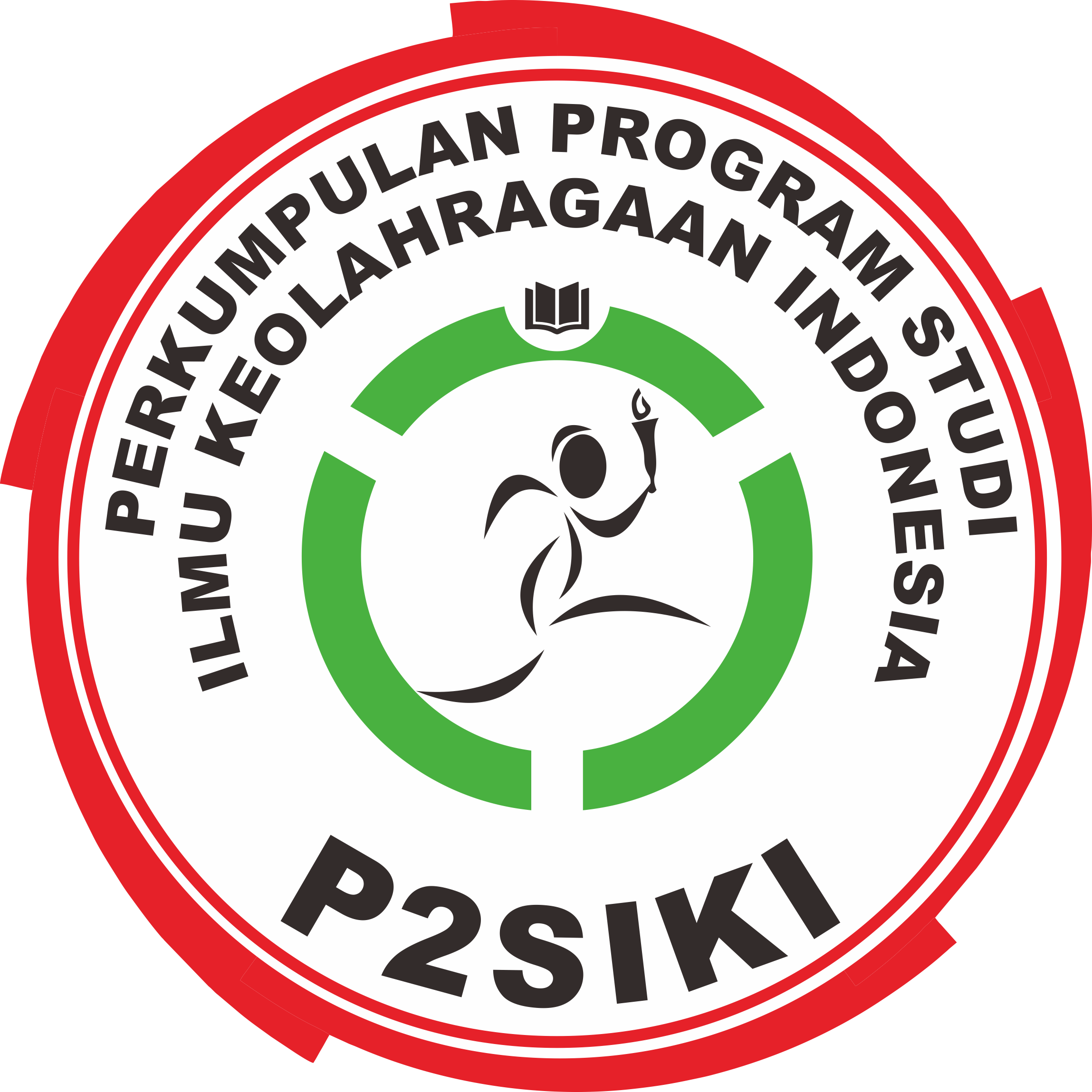Latihan Multilateral Alternatif Untuk Meningkatkan Kondisi Fisik Pemain Bola Basket
(1) Gdg F1 Lt 3, Jurusan Ilmu Keolahragaan, FIK, UNNES Telp.: (024) 8508068
Abstract
Tujuan Penelitian ini membandingkan model latihan multilateral, model pembebanan  dan kemampuan motorik terhadap hasil kondisi fisik pemain bola basket. Metode yang digunakan yaitu eksperimen rancangan faktorial 2 x 2 x 2, dengan teknik purposive sampling. Hasil penelitian menunjukkan 1) Ada perbedaan antara model latihan multilateral dan model latihan konvensional terhadap hasil kondisi fisik, (2) Tidak ada perbedaan antara model pembebanan linier dan tidak linier terhadap hasil kondisi fisik., (3) Ada perbedaan antara kemampuan motorik tinggi dan kemampuan motorik rendah terhadap hasil kondisi fisik, (4) Tidak ada interaksi antara model latihan dan model pembebanan terhadap hasil kondisi fisik, (5) Tidak ada interaksi antara model latihan dan kemampuan motorik terhadap hasil kondisi fisik, (6) Ada interaksi antara model pembebanan dengan kemampuan motorik siswa terhadap hasil kondisi fisik, (7) Tidak ada interaksi antara model latihan, model pembebanan dan kemampuan motorik terhadap hasil kondisi fisik. Simpulan; 1) model latihan multilateral  memiliki pengaruh yang lebih baik dalam pencapaian hasil kondisi fisik pemain bola basket, 2) Kemampuan motorik yang tinggi terbukti sangat berpengaruh terhadap capaian hasil kondisi fisik pemain bola basket, 3) Model pembebanan linier atau tidak linier walaupun tidak berbeda dalam hasil tetapi memiliki pengaruh terhadap pencapaian hasil kondisi fisik pemain bola basket.
Kata Kunci: model latihan; model pembebanan; kondisi fisik
Abstract
The aims are to compare models of multilateral exercises, model loading and motor skills on the results of the physical condition of the basketball players aged students. The experimental factorial design 2 x 2 x 2 is the method, with purposive sampling technique. The result showed (1) there is difference effect of conventional model and multilateral training model to the physical condition. (2) there is no difference effect of the model linear and non-linear loading to the physical condition, (3) There is difference effect of high-motor skills and low motor skills to  the physical condition (4) There is no interaction of training model and the model of loading to the physical, (5) There is no interaction of  motor skills and training model to the physical condition, (6) There is any interaction of loading model and skills motor to the physical condition, (7) There is no interaction of training model, loading model and motor skills to the physical condition. The conclusion are 1) the multilateral training model better to peak physical condition, 2) there is any effect of high motor skills to the peak physical condition, 3) the linear loading model or not linear has not different in result but has effect to peak physical condition.
Keywords: training model; loading model; skills motor; the physical condition
Full Text:
PDFReferences
Annarino, A.A., Cowell, C.C., & Hazelton H.W. 1980. Curriculum Theory and Design in Physical Education. St. Louis: Mosby Company
Annarino, A. 1976. Development Condisioning For Women And Men. London: The CV Mosby Compani.
Arikunto, S. 2000. Prosedur Penelitian Suatu Pendekatan Praktek. Jakarta: PT. Bina Aksara
Barry, L.J. 1986. Practical Measurrement for Evaluation in physical Education. New York: Macmillian Publissing Company
Baumgartner, A.T. & Jackson, S.A. 1998. Measurement For Evaluation in Physical Education And Exercise Science. 5th ed USA : Wm.C. Brown Communication, Inc
Bompa, T. 1986. Theory and Methodology of Training. Kendal/Hunt Publishing company
--------------------- 2000. Total Training for Young Champion.Champaign,IL.: HumanKinetics
Borg, W.R. & Gall ,M.D., 1983. Educational Research; An Introduction. Fourth Edition. New York: Longman
Bloomfield, Ackland, Elliott, 1994 Aanatomy and biomechanics in sport . Usa : Human kinetics
Bowers, R.W., Edward, L. 1992. Fox Sports Physiology McGraw-Hill Ryerson, Limited
Bucher, Charles, A. 1988. Foundation of Physical Education and Sport. St. Louis: CV. Mosby Company
Christensen, Larry B. 1988. Experimental Methodology. 4th Ed. Allyn and Bacon
Danny, K. 2008. Fundamental Basketball. Semarang: Karmedia
Dick, Frank W. 1989. Sports training principles. New York: A. & C. Black
Enung, F., 2006 Psikologi Perkembangan. Bandung : Pustaka Setia
Fox, Bowers, Foss. 1993. The Physiological Basis for Exercise and Sport. WMC Brown
Guyton. 1996. Textbook of medical physiology. New York: WB Saunders
Hurlock, E.B. 1991. Perkembangan anak, (terjemahan Maitasari T dan M. Zakarsih) Surabaya: Erlangga
Johnson, N. 1986. Practical Meausurement for Evaluation in Physical Education. New York: Macmillan Publishing Company
Jon, O. 2004. Baketball Fundamental, America, Human Kinetics Publishers
Kemenegpora. 2008. Undang-Undang RI Nomor 3 tahun 2005 tentang Sistem Keolahragaan Nasional
Mc Ardle. 1985. Exercise Physiology: Nutrition, Energy, and Human Performance. USA: Human Kinetics
Maggil, R.A. 2001. Motor Learning Concepts and Applications. Singapore: Mc Graww Hill
Martens, R. 2004. Succesful Coaching. USA: Human Kinetics
Muhadjir. 2005. Teori dan Praktik Pendidikan Jasmani untuk Kelas 1 SMP. Jakarta: PT Ghalia Indonesia
Mulyono B. 1992. Tes dan Pengukuran Dalam Olahraga. Surakarta: Universitas Sebelas Maret Press.
Oliver, J. 2007. Basketball Fundamental. Ilinois; Eastern Ilinois university
Pate, Bruce McClenaghan, Robert Rotella. 1984. Scientific Foundations of Coaching. Toronto: Wm.C. Brown
Pruscak, K., 2005. 50 Skill – Building Activities for Children. USA : Human Kinetics
Rushall, B.S. & Pyke, F.S. 1990. Training for Sport and Fitness. Australia: Mc.Millan Company
Refbacks
- There are currently no refbacks.
Published by:
Department of Sport Science, Universitas Negeri Semarang
Gd. F1 Lt. 1 FIK-UNNES, Jalan Raya Sekaran Gunungpati Semarang Indonesia 50229, Telp/Fax: (024) 8508007
This work is licensed under a Creative Commons Attribution 4.0 International License.




